Search Results
Showing Results for cognitive dysfunction

Emerging data at EAN 2025 reveals key innovations across multiple neurological disease areas. In this article, you will learn:

At EAN 2025, Prof. K. Ray Chaudhuri shares insights into cutting-edge Parkinson's drug delivery methods, the future of biomarker-driven care, advances in managing sleep disturbances, and the vital role of lifestyle modifications in optimizing patient outcomes.
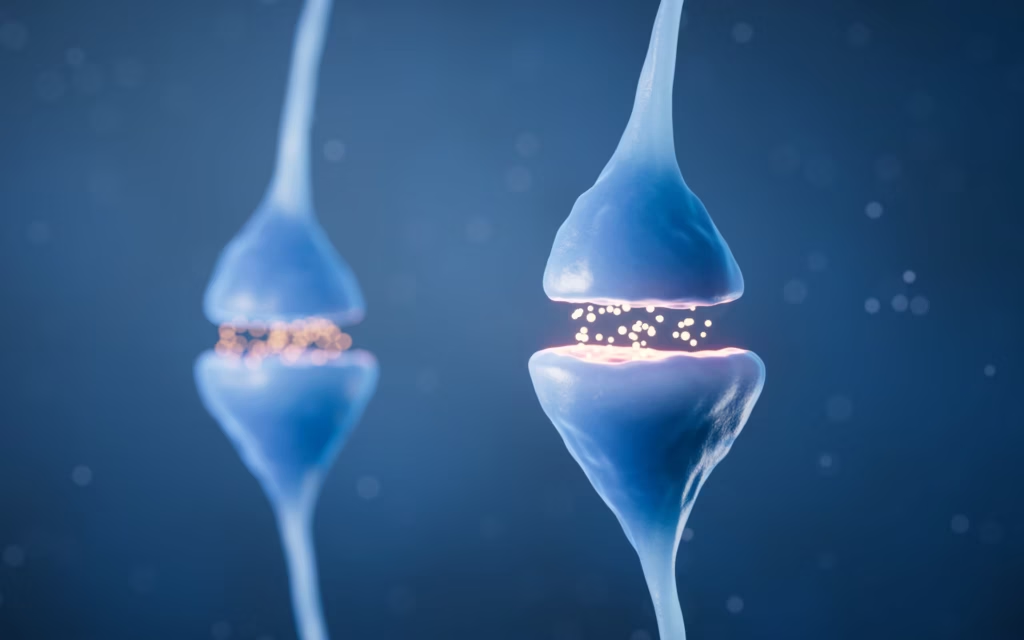
"Continued support for research, and for the patients themselves, is absolutely critical. I’m grateful for the opportunity to help bring some of this work to light." Dr Anissa Abi-Dargham is Chair of Psychiatry and Behavioral Health at the Renaissance ...
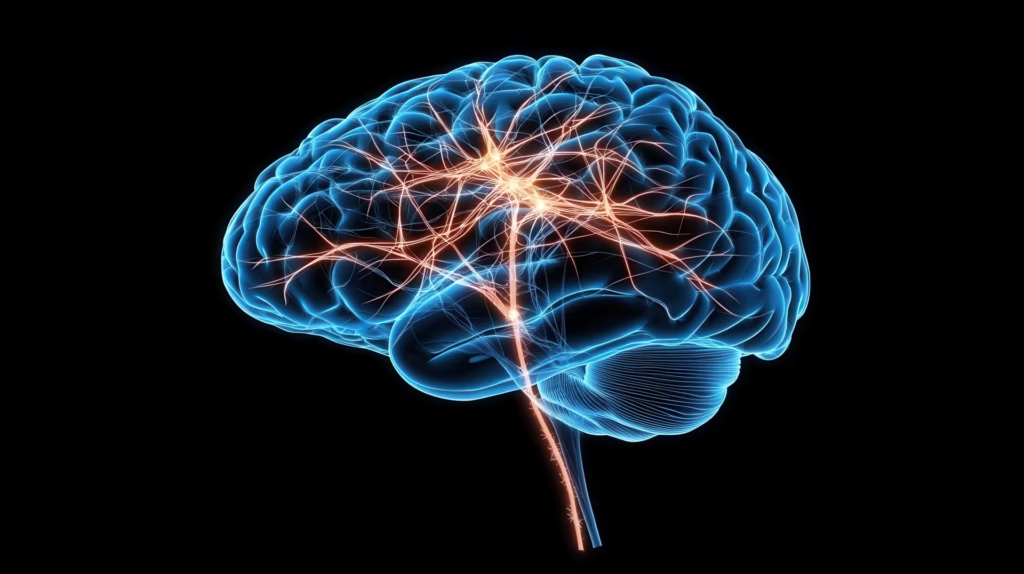
Amyotrophic lateral sclerosis (ALS) is characterized by the degeneration of both upper and lower motor neurons, which ultimately leads to muscle weakness, atrophy, spasticity and contractures.1 ALS typically manifests in the 50–60 years age range, although familial cases may present in ...
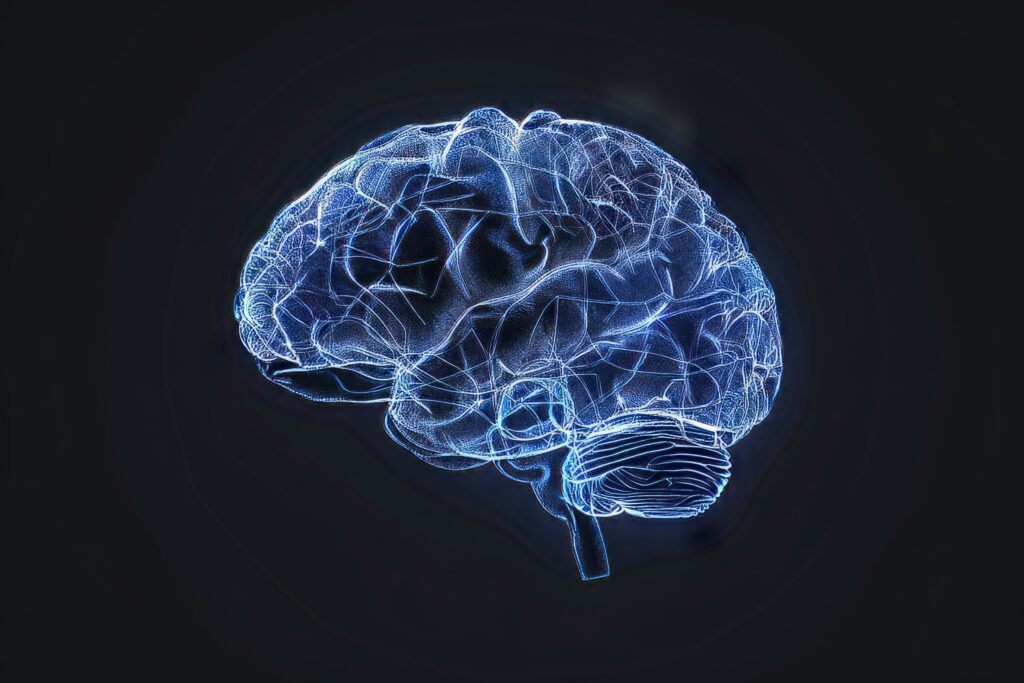
Huntington’s disease (HD) is a neurodegenerative disease inherited in an autosomal dominant manner. It is caused by an expansion of cytosine, adenine, guanine (CAG) repeats within the huntingtin (HTT) gene, which is located on chromosome 4. This pathological expansion of ...
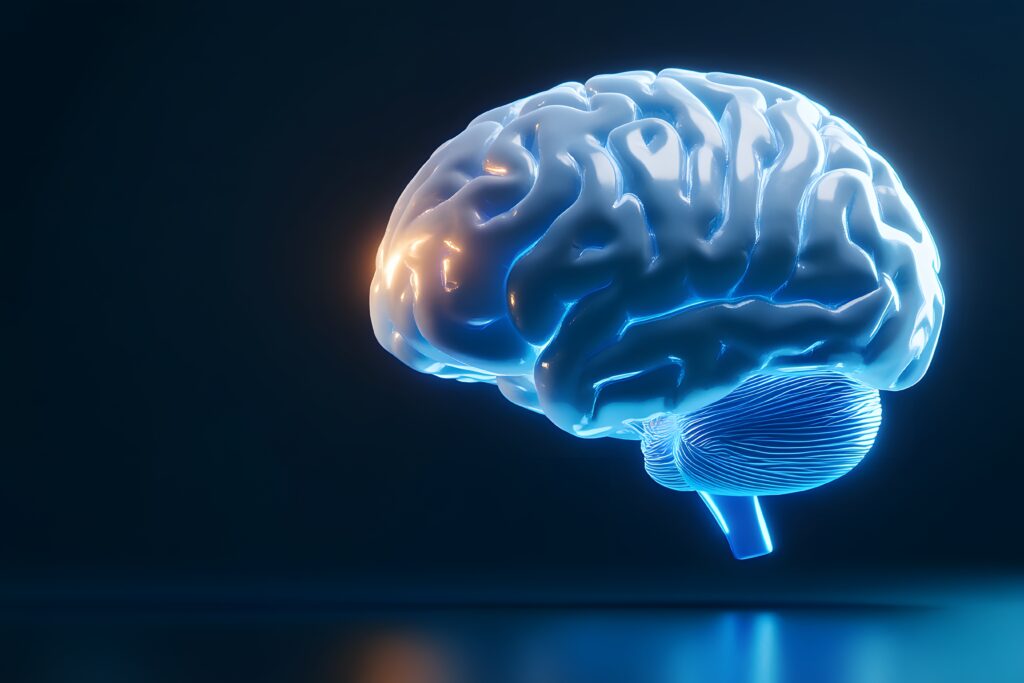
Diabetic striatopathy (DS) is a rare hyperglycaemic condition associated with one or both of the following criteria: (1) acute-onset chorea–ballism (random, flowing and nonsuppressible involuntary movements) and (2) striatal hyperdensity on computed tomography (CT) scan or T1-weighted magnetic resonance imaging (...
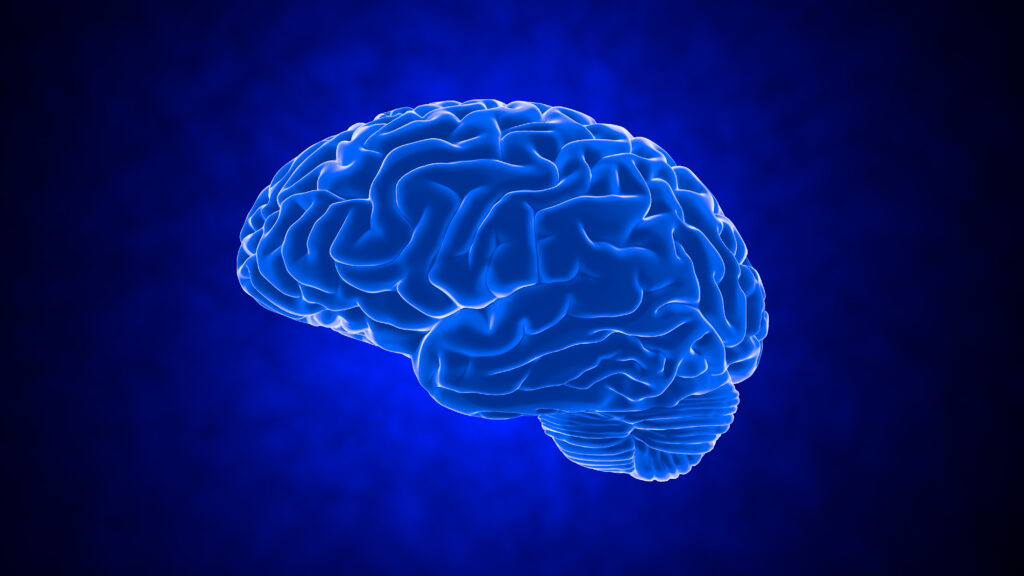
A new study published in Nature Neuroscience1 has uncovered significant insights into the progression of Alzheimer’s disease (AD), providing a new understanding of how the disease damages the brain. Funded by the National Institutes of Health (NIH) and led by researchers from the Allen Institute, this study used advanced brain mapping and genetic tools to explore the cellular-level changes that occur throughout AD. The findings reveal that Alzheimer's progresses in two distinct phases, offering potential avenues for early diagnosis and treatment strategies.

Article highlights Multiple screening tests are available to screen patients for cognitive impairment, and the Confusion Assessment Method is a helpful test to screen for delirium in the immediate postoperative period. Medicine reconciliation and identification and removal of potentially inappropriate ...

Key topics and highlights from the Late-Breaking News session at the European Academy of Neurology (EAN) meeting are discussed in this interview, where Dr. Miguel Miranda provides valuable insights. He addresses unmet medical needs in dementia, aging, and movement disorders, drawing on his experience from Unidade Funcional de Neurologia, Hospital de Cascais Dr. José de Almeida, Cascais, Portugal, as he joins touchNEUROLOGY.
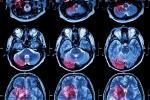
Parkinson’s disease (PD) is characterized by prodromal and clinical stages; the clinical phase is characterized by a constellation of motor and non-motor symptoms (NMS).1 Despite the extensive discussions and publications of the clinical heterogeneity of PD,2 the precise heterogeneous ...
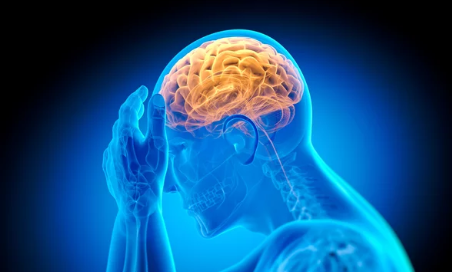
Case study Patient information A 42-year-old woman presented in the emergency department with acute onset whole-body myoclonic jerks for 1 day. On enquiry, the patient’s parents advised that she had a history of depression over the past 15 years. Intermittently, family ...

The discovery of the rapid antidepressant effects of ketamine shifted the biology and treatment of psychiatric disorders, emphasizing targeting glutamate signaling, rather than monoamine signaling, for schizophrenia and depression. Research highlights synaptic deficits, network disinhibition, and synaptic loss in schizophrenia, ...

In modern medicine, the concept of wellness is accompanied by many misconceptions. Adopting wellness as a treatment approach has been well defined and implemented in cardiovascular disease, diabetes and some types of cancer management but has not yet been widely ...
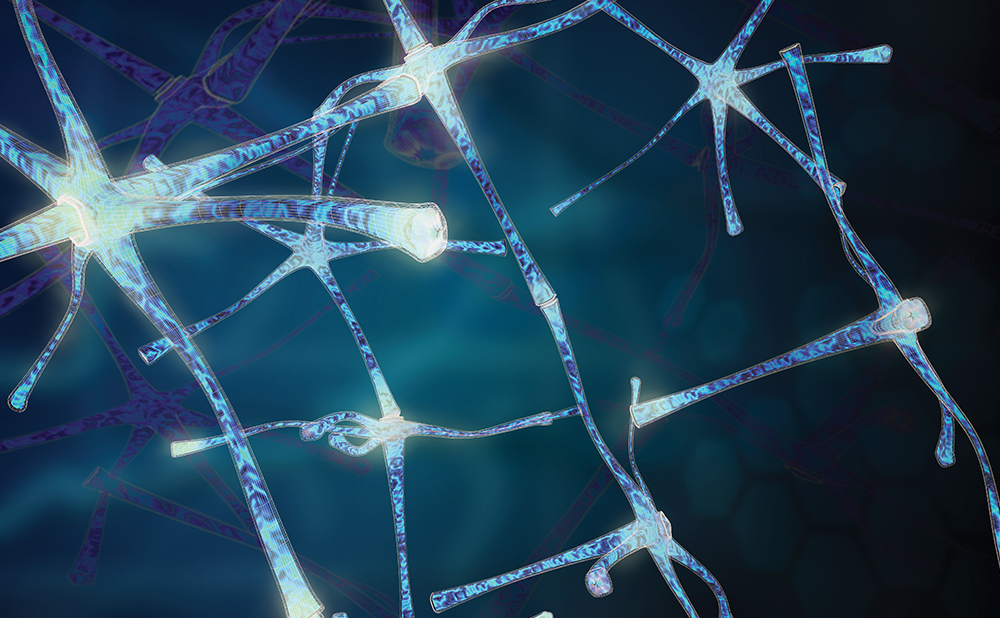
Gastroesophageal reflux disease (GERD) is a chronic condition affecting over 750 million people globally.1 The disease causes acid from the stomach to reflux into the oesophagus, leading to epigastric discomfort, cough, sore throat and chest pain.1 Left untreated, this disease can ...
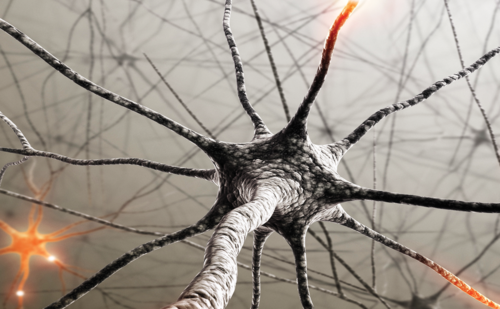
Opioid therapy has become a mainstay for the treatment of chronic pain, despite evidence that these medications may be ineffective and even unsafe in this patient population.1,2 In patients with chronic back pain, the use of first-line medications (non-steroidal anti-inflammatory ...

Two cases of COVID-19 vaccination associated neurological symptoms were presented, with patients displaying parkinsonism and cognitive dysfunction. In this touchNEUROLOGY interview, we speak with Dr Suman Kushwaha (Institute of Human Behaviour and Allied Sciences (IHBAS), Dilshad Garden, Delhi, India) to ...

Neurological complications, such as peripheral neuropathy, have been associated with COVID-19 vaccination. In this touchNEUROLOGY interview, we speak with Dr Suman Kushwaha (Institute of Human Behavior and Allied Sciences (IHBAS), Dilshad Garden, Delhi, India) to discuss the neurological symptoms that ...
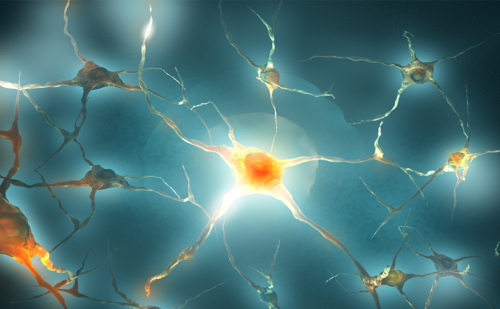
Although disease-modifying therapies have been the primary focus of multiple sclerosis (MS) treatment during the past two decades, there is increasing awareness of the importance of treating patients holistically, paying attention to functional comorbidities and addressing mood and cognition. In ...
Latest articles videos and clinical updates - straight to your inbox
Log into your Touch Account
Earn and track your CME credits on the go, save articles for later, and follow the latest congress coverage.
Register now for FREE Access
Register for free to hear about the latest expert-led education, peer-reviewed articles, conference highlights, and innovative CME activities.
Sign up with an Email
Or use a Social Account.
This Functionality is for
Members Only
Explore the latest in medical education and stay current in your field. Create a free account to track your learning.

